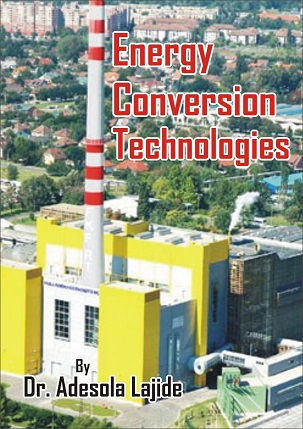
| Energy Conversion & Storage Technologies |
| Human civilization and breakthroughs in energy conversion technologies; Cultural and economic progress in human civilization is largely defined by breakthroughs in energy conversion technologies. This applied to the highly evolved classical Chinese culture as well as to the advanced worlds of Mesopotamia, Egypt, Greece and Rome, with regards to irrigation technologies and improved transportation facilities. Likewise the early industrialization in the middle ages was powered by water and wind. This theory also applies to the industrial revolution in modern times, which was made possible by the steam engine, used in production processes, navigation, rail transport and which continues to be used today in contemporary steam-powered plants, whether operated by fossil or nuclear energy. The steam engine was the most important fossil energy converter of the 19th century. Powered by coal and later by oil and gas it launched the fossil energy economy. Over the centuries a wide array of devices and systems has been developed for the purpose, of energy conversion. Some of these energy converters are quite simple. The early windmills, for example, transformed the kinetic energy of wind into mechanical energy for pumping water and grinding grain. Other energy-conversion systems are decidedly more complex, particularly those that take raw energy from fossil fuels and nuclear fuels to generate electrical power. Systems of this kind require multiple steps or processes in which energy undergoes a whole series of transformations through various intermediate forms. |
| Author : Adesola Olajide |
| Published : 2014 |
| Classification : Book |
| Age Ratings : Adult(18yrs and above) |
| Category : Educational |
| Number of Pages : 54 |
|
Ratings:
|




